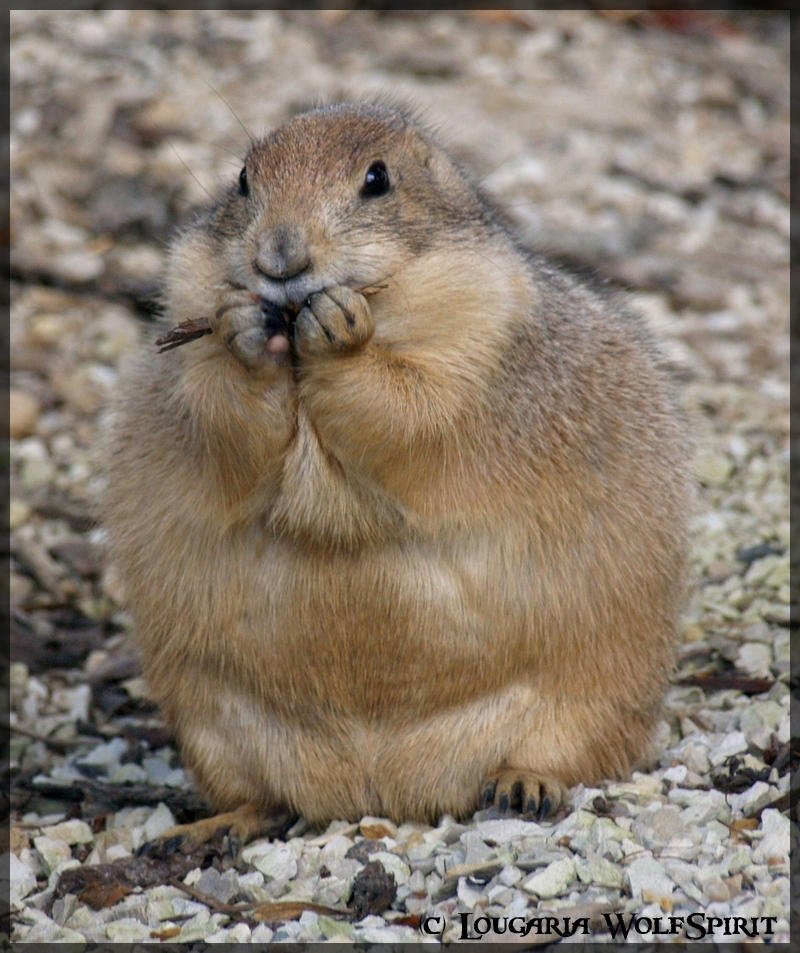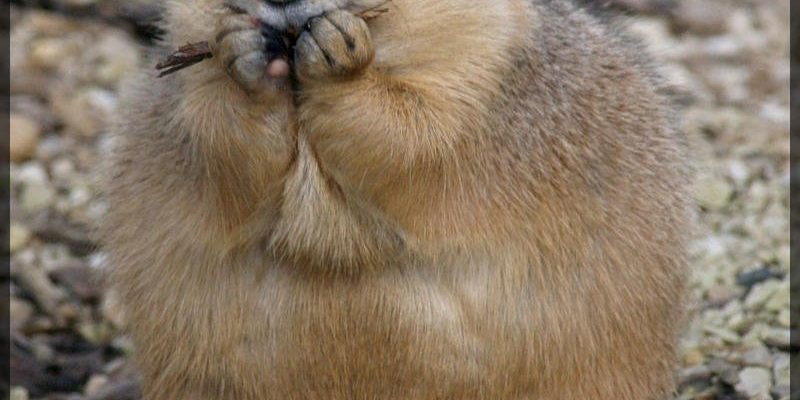
Prairie dogs are often viewed as symbols of communal living and environmental balance. Their social structure and behaviors paint a picture that resonates with many cultures. From Native American tribes to popular media, the prairie dog showcases themes of unity, survival, and the interconnectedness of life. Let’s dig deeper into how these intriguing creatures are portrayed across cultures, and why they matter more than you might think.
The Prairie Dog in Native American Folklore
Prairie dogs have long captured the imagination of Native American tribes. For many, they symbolize social harmony and community spirit. Tribes like the Lakota and Cheyenne have integrated prairie dogs into their storytelling, often using them as metaphors for cooperation and resilience.
One popular story tells of a prairie dog who bravely stood against the forces of nature. In this tale, the prairie dog’s determination to protect its family mirrors the values of loyalty and sacrifice that are cherished by these cultures. This unique trait of living in colonies emphasizes their belief in togetherness, as prairie dogs rely on one another for protection and survival.
Moreover, prairie dogs have been considered an important food source for many tribes. Hunting and gathering stories often feature these creatures, highlighting their role in sustaining life. By respecting prairie dogs and acknowledging their contributions, these communities reinforce their relationships with nature and the land.
The Symbol of Community and Communication
One of the most striking features of prairie dogs is their intricate communication system. These little creatures have a range of vocalizations that help them alert their colony of potential dangers. This aspect of their behavior resonates even in modern interpretations. In literature and media, the prairie dog often symbolizes effective communication and the strength found in community ties.
For instance, think about how we might use the prairie dog’s communication style to emphasize the importance of speaking up in our own communities. Just as prairie dogs warn each other of approaching predators, we can take a page from their book and ensure that our voices are heard when it comes to protecting our communities and sharing knowledge.
In popular culture, you might find prairie dogs featured in cartoons or films as quirky characters that represent the joy of friendship and teamwork. These portrayals encourage audiences to appreciate the value of working together and being there for one another, just as prairie dogs do.
Prairie Dogs in Western Culture and Pop Culture
In Western culture, prairie dogs are often associated with the American West, embodying the spirit of the frontier. They serve as a reminder of the rugged, wild landscapes that have become part of America’s identity. This connection is evident in various media portrayals, from cartoons to children’s books.
For example, you might remember seeing a cartoon where a prairie dog humorously navigates the challenges of living in a burrow community. These whimsical representations help to humanize prairie dogs, making them relatable and engaging for audiences, especially children. It offers an opportunity for discussions about cooperation, environmental awareness, and animal behavior.
Furthermore, prairie dogs have made their way into eco-tourism and wildlife preservation efforts. Many parks, such as the Badlands National Park, promote prairie dog populations as part of their ecosystems. Visitors are drawn to see these creatures in their natural habitat, offering a moment to reflect on how intertwined our lives are with nature.
Environmental Symbolism and Conservation Efforts
Today, prairie dogs are not just cultural figures; they are also symbols of environmental health. Their role as a keystone species helps maintain the ecosystem’s balance, benefiting a variety of other wildlife. You might be wondering why this matters. Well, when prairie dog populations thrive, so do other animals that depend on their presence, like hawks and badgers.
Many conservation groups highlight prairie dogs in their campaigns, emphasizing the need to protect their habitats. By fostering awareness of the vital role that prairie dogs play, these efforts encourage communities to engage in sustainable practices and protect natural spaces. It’s a reminder that our actions can have profound impacts on the environment, just like a prairie dog’s presence enhances the landscape.
Additionally, their burrowing habits aerate the soil and promote plant growth, showcasing the intricate connections between species. This not only brings attention to the need for conservation but also emphasizes the importance of every individual creature in the web of life.
Prairie Dogs in Literature and Art
Literature and art have long been a canvas for societal reflections, and prairie dogs have found their way into both. Artists often depict these creatures in paintings or sculptures, celebrating their unique characteristics and behaviors. You may find prairie dog motifs in local artisan crafts, symbolizing life in the great outdoors and the beauty of nature.
In literature, prairie dogs frequently appear as characters that embody curiosity and playfulness. Children’s books often use these animals to teach lessons about friendship, sharing, and the importance of community. Their playful nature provides a relatable character that can resonate with young readers and teach them valuable life lessons.
Moreover, prairie dogs can be found in poetry that captures the essence of life on the plains. These literary works may evoke feelings of nostalgia for the open spaces of the American landscape, reminding readers about the beauty of nature and the creatures that inhabit it.
The Future of Prairie Dogs in Culture
As society continues to evolve, the representation of prairie dogs in culture will likely shift. With increased awareness of environmental issues, it’s probable that their role as symbols of community, resilience, and environmental health will become even more pronounced. We may see prairie dogs depicted more frequently in educational programs, documentaries, and artistic projects aimed at inspiring conservation efforts.
Additionally, with the rise of digital storytelling, prairie dogs may find new life in online content, from social media campaigns to online games. This platform allows for creative storytelling while educating younger generations about the importance of these creatures and their habitats.
Ultimately, the prairie dog’s journey through culture and folklore reflects our evolving relationship with the environment. As we become more aware of our interconnectedness, the lessons learned from the prairie dog’s behaviors can inspire us to foster a sense of community and responsibility towards our planet.
In wrapping up, it’s clear that prairie dogs are more than just cute creatures; they are rich with meanings and cultural significance. Their presence in folklore, literature, and art highlights a deep connection between humans and wildlife. So, next time you see a prairie dog, remember that there’s a world of stories and lessons packed behind that little face, waiting to inspire you to think deeply about community, cooperation, and the environment we all share.

